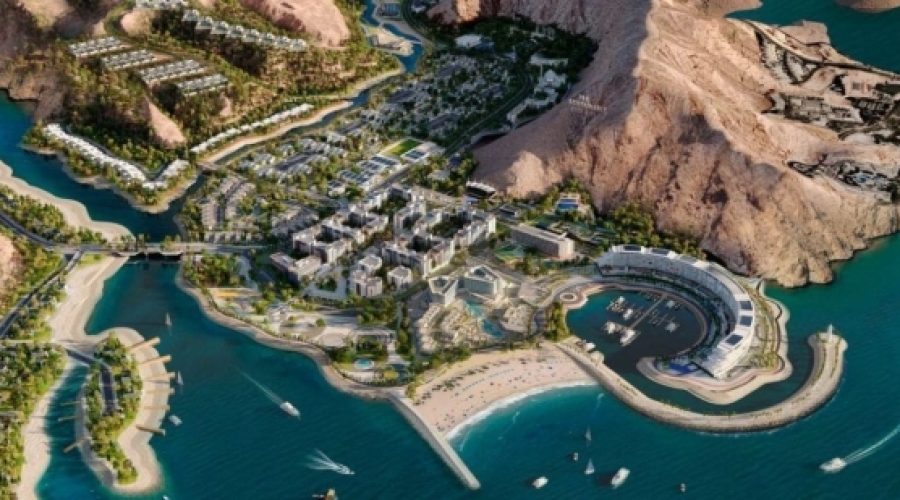Oman Tourism Sector Boosts Economy: What a 2.7% GDP Contribution Means for Investors and Entrepreneurs
Muscat – The heritage and tourism sectors in Oman demonstrated strong performance during the first nine months of 2025, aligning with the goals set forth in Vision 2040.
The tourism sector contributed a direct added value of RO 873 million, while the total tourism output reached approximately RO 1.99 billion. Tourism accounted for 2.7 percent of Oman’s GDP, underscoring its vital role as a key pillar of the non-oil economy.
Government revenues from the Ministry of Heritage and Tourism’s activities amounted to RO 13.55 million by the end of September 2025, highlighting effective financial management and rising demand for tourism services. Hotel revenues grew by 6.1 percent to RO 293.4 million, driven by higher occupancy rates and diversified tourism programs.
Visitor numbers revealed a mixed trend: arrivals by international tourists reached 2.83 million, marking a slight decline of 2.4 percent compared to 2024, while domestic tourism surged with 13.6 million local visitors, a 5.1 percent increase fueled by local events and festivals. Hotels welcomed 4.6 million guests, a 4.6 percent rise, reflecting sustained visitor confidence in Oman’s tourism services and infrastructure.
To boost global outreach, the Ministry established offices in key tourism markets including China, Russia, and Spain, and is preparing to open a regional office covering Singapore, Indonesia, Malaysia, and Thailand. Oman now has 11 tourism representation offices conducting marketing campaigns in 25 countries, generating over RO 30 million in direct economic returns.
Oman’s participation in over 20 international exhibitions enhanced collaboration between Omani and global tourism entities. The Sultanate’s pavilion won multiple awards for best design, showcasing a blend of authenticity and modernity through innovative use of technology and digital displays highlighting Oman’s rich heritage and tourism experiences.
The Ministry continued its strategic media partnerships, notably launching a promotional campaign on CNN with televised commercials and digital ads on the network’s website.
In the cruise and charter flight sector, initiatives based on a comprehensive study are underway to regulate and develop port infrastructure to better accommodate cruise ships and yachts. For the 2024-2025 season, 588 charter flights brought 93,000 tourists, generating economic returns around US$80 million through accommodation, transport, and tours.
Promotional efforts extended across international platforms and included local tourism events organized with public and private partners, staging 30 events that yielded RO 4 million in economic benefits.
The hospitality sector expanded with 1,309 hotel establishments and 38,000 rooms by September 2025, marking a 7.9 percent increase in room capacity. Occupancy rates averaged 36.8 percent overall and 52.6 percent for three- to five-star hotels. Preliminary approvals were granted for 383 new accommodation projects, with 114 projects underway for launch between 2025 and 2027. Investments in integrated tourism complexes surpassed RO 11.5 billion, reflecting strong investor confidence and sector growth.
From January to September 2025, the Ministry signed 36 concession contracts worth RO 100 million to develop tourism projects.
The tourism workforce grew to 169,800 employees, with 27.8 percent working in Ministry-supervised activities. Omanization improved to 10.9 percent, up from 10.1 percent in 2024.
In heritage conservation, the Ministry has registered 3,655 historical and archaeological sites, including forts, castles, mosques, and heritage houses, with 1,328 sites restored so far this year. Efforts continue to nominate the Basya and Salut archaeological sites for inclusion on the World Heritage List alongside Oman’s existing registered sites.
Regionally, Oman achieved commendable results within the Gulf Cooperation Council, with hotel occupancy rates reaching 66.7 percent in Muscat Governorate and 56.7 percent in Salalah in September 2025.
These achievements reflect the Sultanate’s ongoing commitment to advancing its heritage preservation and tourism sectors as integral components of Oman’s sustainable economic development.
Special Analysis by Omanet | Navigate Oman’s Market
Oman’s heritage and tourism sector continues to be a vital driver of economic diversification under Vision 2040, with strong financial performance, increased hotel capacity, and robust domestic tourism growth signaling sustainable development. Smart investors should focus on emerging tourism infrastructure projects and capitalize on expanding niche markets like cruise and charter tourism, while businesses could leverage rising domestic demand and international marketing efforts to enhance their competitive edge. The sector’s resilience amid global shifts presents both a strategic opportunity and a call for innovation in service excellence and heritage preservation to maintain Oman’s distinctive appeal.



